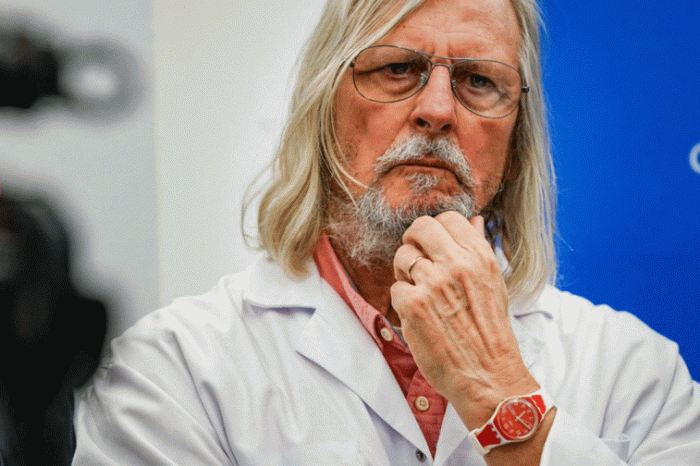Coronavirus panic and fear mongering: German study now shows coronavirus mortality rate of 0.37%, 5 times lower than widely reported numbers

Over the past two months, we’ve been told that coronavirus is going to kill over two million Americans if nothing was done to contain and mitigate the deadly virus. Just last week, Dr. Anthony Fauci went to the airwaves to tell us that the between 100,000 to 240,000 Americans would die even if we practice social distancing.
Then on April 8, the Institute for Health Metrics and Evaluation (IHME) model, used by the White House Coronavirus Task Force, dramatically lowered its projections for coronavirus deaths in the U.S. by 25 percent to 60,415. A day before, the IHME estimated 81,766 people would die from coronavirus disease by August 4, 2020.
About a month ago, we wrote a story titled: “Coronavirus Panic: What the media is not telling you even if COVID-19 mortality rate is 3.4%.” In the article we said this:
So, it appears that the number of potential US deaths from COVID-19 will be a tiny drop in a large bucket of seasonal viral illness.
We turned out to be right. Based on the total number of reported deaths to date, the mortality rate from the current coronavirus pandemic is way lower than the 3.4% originally predicted by the experts. This fact is also supported by the first results from a study by a German virologist, Dr. Hendrik Streeck of the Bonn University Institute of Virology. In a study conducted in the Gangelt district of Heinsberg, one of the earliest places to experience the spread of the coronavirus in Germany, Dr. Streeck found a significantly lower death rate (0.37%) from COVID-19 than the one that is widely reported.
About 1,000 people participated in the COVID-19 case cluster study by way of questionnaires, throat swabs, and blood tests to detect the presence of COVID-19 antibodies. These interim results are based on data from about 500 people.
The study showed significant spread throughout the district. The overall infection rate was 15%. Of those infected people, less than one-half of 1% died, indicating that currently reported mortality rates could be overestimating the fatality of the virus.




